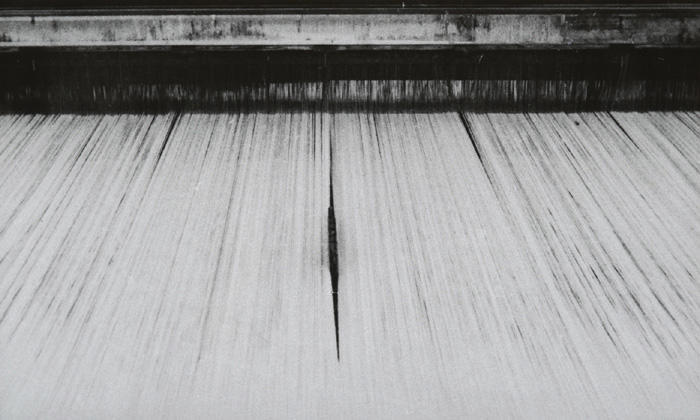
London
Nasreen Mohamedi
Milton Keynes Gallery
September 5–November 15, 2009
Since her “discovery” at Documenta 12 in 2007, Nasreen Mohamedi, who passed away prematurely from Parkinson’s Disease in 1990, has swiftly become a favorite “unknown” among certain art elites. In 2003 Holland Cotter suggested in the New York Times that “if people — especially young artists — knew about Mohamedi, they would love her the way they do Eva Hesse.” Yet as Grant Watson — who together with Suman Gopinath has championed her work for a decade and curated this latest show at Milton Keynes Gallery — has pointed out, her work has long borne multiple echoes and lives. Mohamedi, he has notes, “was always destined for a wider audience that she, ever the internationalist, was already addressing.”
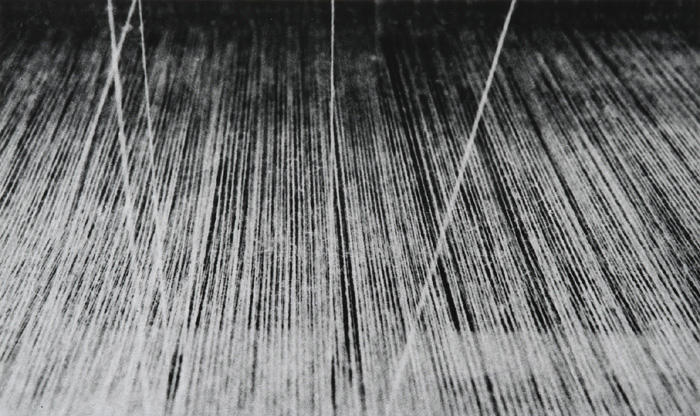
Nasreen Mohamedi was born in Karachi in 1937. Her mother’s early death moved the family to Mumbai, while her father built up a business empire in Bahrain and Kuwait. Mohamedi studied at St. Martin’s School of Art in London and later in Paris, during a life of wide and habitual travel. She worked in Mumbai throughout the 1960s, followed by a formative year spent in Bahrain, where she had the chance to interrogate her art and self. Back in India and teaching in Baroda, she broke with her previous practice of oils and naturalistic collages to begin the distinctive minimalist works of the 1970s that would eventually make her reputation. The 1980s saw significant development in that work. Within a year of her death, a first retrospective celebrated her singular place in India’s post-Independence modernity.
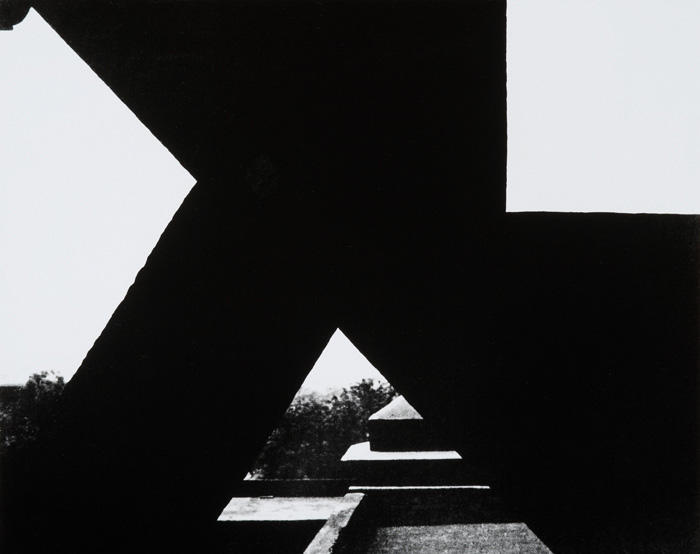
This most recent retrospective assembled a gallery of rarely seen larger works in pencil, pen, and ink, from the 1970s and ’80s, along with a room featuring twenty of her photographic “sketches.” There was a tiny selection of her gorgeous diaries, in which aphoristic observations were framed with geometrical forms and lines filled with washes of ink. Another room contained vitrines of fascinating studio relics and memorabilia, including photographs with crop marks isolating abstract compositions within classroom furniture and street scenes. It was the most comprehensive exhibition of Mohamedi’s work to date, culling pieces from New York and Japan as well as her family’s collection in Mumbai. As such, it was the first opportunity for the work to be seen as part of a larger picture.
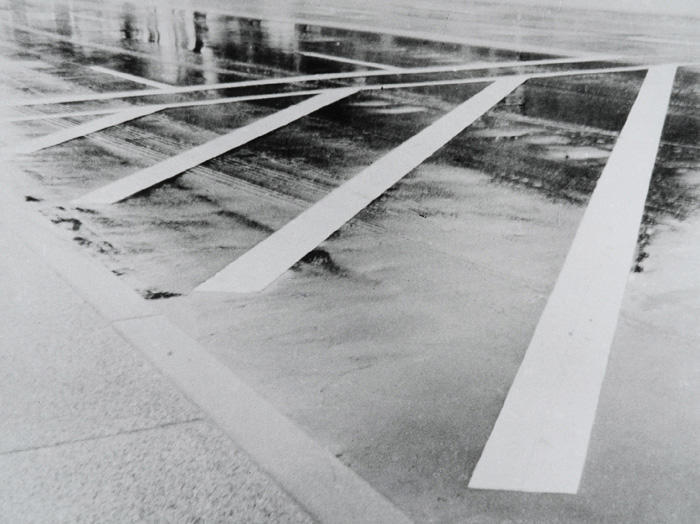
Mohamedi’s work is peculiarly difficult to describe. It is an art that reproduces notoriously badly, too. It was never titled or dated, nor did its maker leave directions for its hanging. Even the exact status of her penciled lines, sometimes mere scorings, remains unresolved. Mohamedi’s photographs were not shown in her lifetime, lest they became a coda to the drawings, yet they’re artistically significant in themselves — notations of stark tropical light, cropped road markings, architectural abstractions, shifting lines in sand and water. Here they were presented alongside working materials that offered clues or explicatory pathways toward the main body of her work: painstakingly exact, hypnotically alluring, and idiosyncratically engineered drawings.
Still, these pathways only led to abrupt edges, beyond which was pure space, detailed with dramas of light, air, and mindfulness. This was the domain of Mohamedi’s art. Her work achieves a unique abstraction, in which simple pencil lines and marks form and deform grids that pulse rhythmically. It develops into glinting forms that float, mirage, or magnify exquisitely. A final phase in her practice introduced machine-manufactured circles; from precision-made ellipses to potential spacecraft.
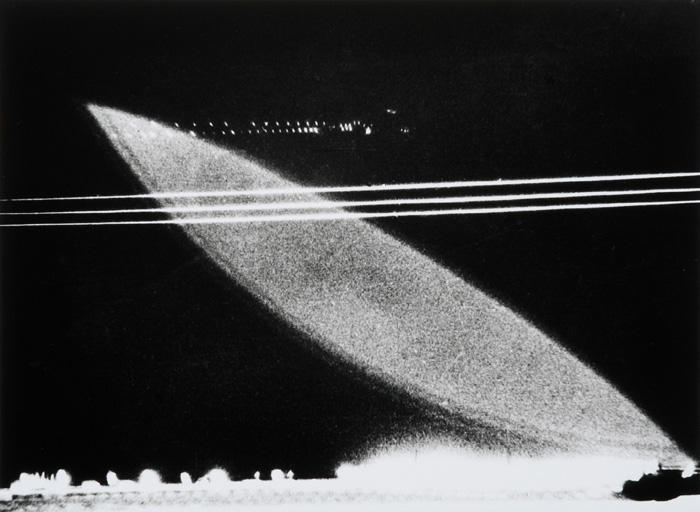
Nasreen Mohamedi: Notes presented two sets of her drawings. The first wrestled with the grid, introducing arrhythmic elements into largely horizontal lines and bands, while the second reinvented the grid as a zone of the diagonal. These distinct series were punctuated by a pair of markedly architectonic drawings with hints of the stepped water gardens and terraces of her beloved Fatehpur Sikri, Emperor Akbar’s Mughal-style complex near Agra, India. The diagonal series, a range of tightly drawn forms in varying widths and washes of ink, displayed her art most compellingly. They glimmered like the expensive cameras and drawing accessories she treasured, rendering prisms of light in her unique glassy air.
Mohamedi’s work is often approached using the work of Kasimir Malevich and Agnes Martin as lenses, various constructions of the modern and minimalist. Even the cinematic framing of Michelangelo Antonioni has been raised as referent. One vitrine in the exhibition revealed an unused sheet of Arabic Letraset, as if to signpost the influence of calligraphy specifically and Islamic arts in general. Most intriguing was her absorption of the traditional schooling in Persian miniatures, in which iterative pencil lines were perfected before students graduated to equally honed ink washes. Her diaries exercised, or exorcised, these methods, which were more fully articulated in two remarkably elegant drawings here.
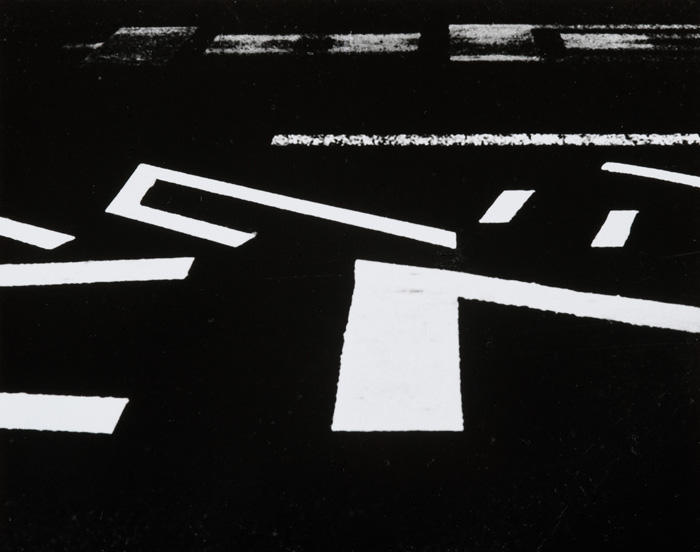
Mohamedi’s writings describe volcanoes of restlessness and despair, which she converted with supreme concentration into lines and spaces. A diary entry from March 1971 contained her credo: “To grasp one’s entire heritage with intuition, vision, and wisdom — with a total understanding of the present.” Her heritage included innovators in Mumbai like Tyeb Mehta and V. S. Gaitonde, and in Lahore, Zahoor ul Akhlaq, whose influence extends to contemporary artists like Shahzia Sikander and Aisha Khalid. Buddhism and Indian Sufism, notions of self-removal and flaming dissolution, were part of Mohamedi’s vision. Her drawings represented acts of de-creation, while at the same time, they materialized the bodily touch. Hers was a universal present, not timeless but unendingly, through industriousness, renewed.